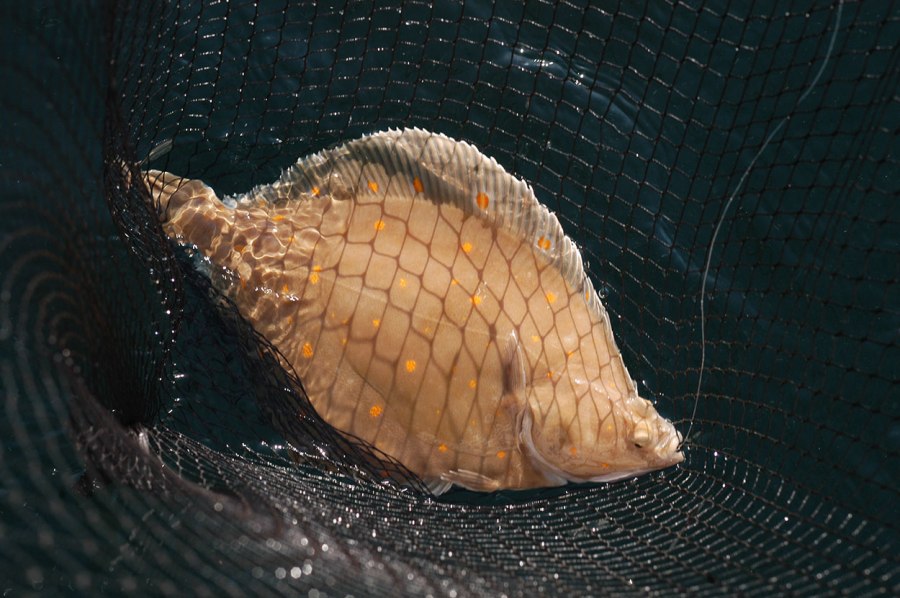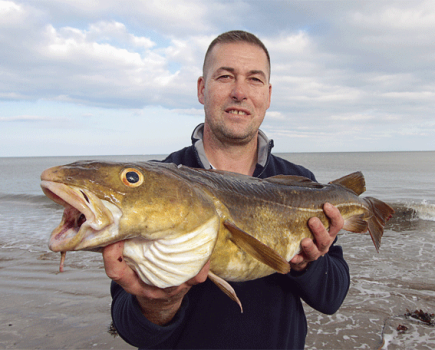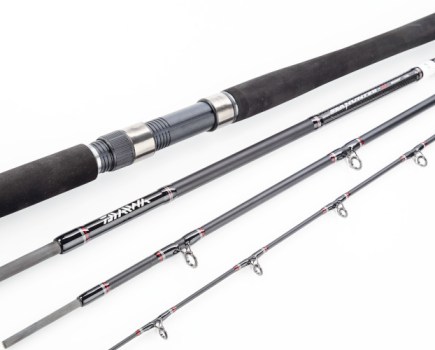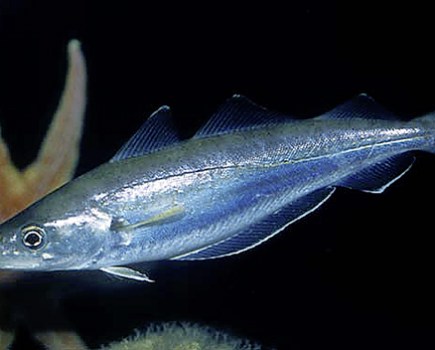Plaice are common all around Britain and Ireland, thriving on sandy sea beds. They will also live over mud and gravel – even sandy areas with rocks.
They are most common in water between 10-60m, but they can be caught in water in excess of 200m deep.
Plaice spend a great deal of their time remaining stationary on the bottom, partly buried for camouflage. They are most active during the hours of darkness.
Catch a decent-sized plaice and you are sure of having a great meal – they make for fantastic eating.
IDENTIFICATION
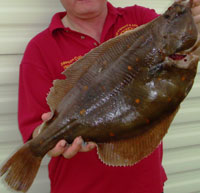
The plaice is typical of a flatfish in that it is oval, flat and has a small tail and a body that is fringed with flattened fins.
It’s quite easy to distinguish between a plaice and any other flatfish as plaice have bright orange or red spots all over the body. They also have a row of small bony knobbles at the back of the head. Another way to distinguish a plaice from some other flatfish is that plaice are right-eyed.
You may find that some plaice have an array of smaller white spots. These can be found on plaice that are living over areas of sand that contain many broken shells or pebbles.
Plaice can alter the colour of their backs to suit the conditions, therefore they are excellently camouflaged – only the orange or red spots on the backs give them away.
FEEDING
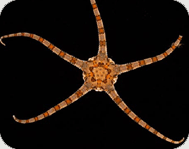
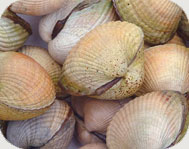
Plaice feed upon bottom dwelling creatures such as razors and cockles, but they will also feed upon sand eels, worms, brittle stars, crustaceans and even the siphon tubes of clams.
They have extremely powerful pharangeal teeth which they use to smash the shells to pieces to extract the meaty flesh inside.
Being bottom feeders, plaice are best caught using either crab or worm baits.
BREEDING
Plaice spawn in very specific and well-used areas between January and March in fairly shallow water of between 20-40m deep. One of the main spawning grounds around Britain is located between the Flemish Bight and the Thames estuary. The adult plaice will undertake long migrations to these spawning grounds.
The female will lay around 500,000 eggs which float to the surface. They follow the drift and eventually hatch after 2-3 weeks. The time of hatching depends greatly upon the water temperature.
After four to six weeks the elongated plaice fry take on the usual plaice. During this time the left eye migrates around the side of the head to sit alongside the other. These tiny plaice continue drifting with the currents to the shallow nursery grounds.
When they reach around 12-15cm they will move to the bottom of the sea where they will live the remainder of their lives.

